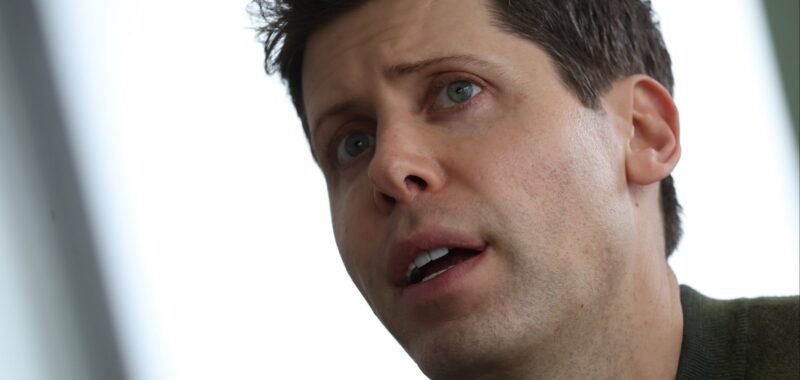On Wednesday, while OpenAI chief technology officer Mira Murati, vice president of research Barret Zoph, and chief research officer Bob McGrew all announced that they would be leaving the company, reports emerged of a major restructuring that could transform the ChatGPT-maker into a multi-billion dollar for-profit corporation.
According to sources who spoke with Reuters, OpenAI is considering becoming a for-profit that no longer answers to its non-profit board to attract more investors. The non-profit arm will still exist, per the sources.
 Sam Altman. Photo by Justin Sullivan/Getty Images
Sam Altman. Photo by Justin Sullivan/Getty Images
The move was first hinted at earlier in September with the news of OpenAI’s new financing round that could catapult the $86 billion AI giant to a valuation of $150 billion with $6.5 billion in funding. The valuation depends on whether OpenAI can change its corporate structure to a for-profit model like its rivals, Anthropic and xAI, sources said, at the time.
Related: ‘A Real Growing Up Moment For Me’: OpenAI’s 39-Year-Old CEO Says He Learned a Lot from Being Fired
If the fundraising round succeeds, 39-year-old OpenAI CEO Sam Altman could get an equity stake — a 7% stake would increase his $2 billion fortune by $10 billion, according to Bloomberg estimates, and make him one of the richest people in the world.
Altman posted on X on Wednesday addressing the high-level departures that occurred that day.
“Mira, Bob, and Barret made these decisions independently of each other and amicably, but the timing of Mira’s decision was such that it made sense to now do this all at once, so that we can work together for a smooth handover to the next generation of leadership,” Altman wrote.
i just posted this note to openai:
Hi All–
Mira has been instrumental to OpenAI’s progress and growth the last 6.5 years; she has been a hugely significant factor in our development from an unknown research lab to an important company.
When Mira informed me this morning that…
— Sam Altman (@sama) September 26, 2024
Related: OpenAI Keeps Losing Its Cofounders. Only 3 of 11 Are Still at the Company

